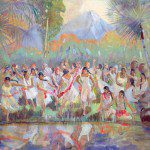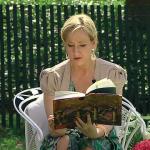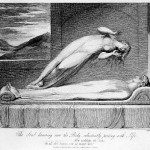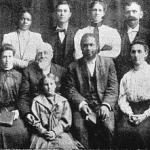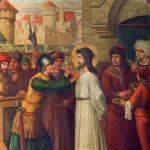One of the challenges for those of us who teach introductory Bible classes is breaking down the problematic ways that our students read the Bible and teaching them to approach “reading” with a strategy. We want our students to be “active” readers and “competent” readers – that is no small task!
I recently ran across a handout from the University of Michigan School of Information about “How to Read a Book.” It is simple, clear, and useful.
Much of what they suggest involve things many of us regularly try to get our students to do. It might be worthwhile for Bible teachers to spend some time early on in our basic courses just teaching students about the act of reading.
What I told a colleague recently is that it is becoming more and more of a necessity to make all of our Bible courses geared towards hermeneutics and philosophy because these students are just not used to thinking about “thinking.”
FYI, here are the key points of the U of M handout:
1. Read the whole thing
2. Decide how much time you will spend
3. Have a purpose and a strategy
4. Read actively (meaning “critically”)
5. Read it 3x
6. Focus on parts with high information content (ToC, pictures, charts, headings, etc… [could we translate this for the Bible into things like geneaologies?])
7. Use “personal text markup language” (i.e., take notes when you read!)
8. Know the author and organizations (hence our obsession with authorship and Sitz im leben)
9. Use your unconscious mind (i.e., don’t move on the next thing after you are done with your reading/homework. Slow down and have some good old fashioned “thinkin'” time)
10. Rehearse, and use multiple modes (process what you read in words, actions, and other modes)
Always nice to go “back to basics”!










